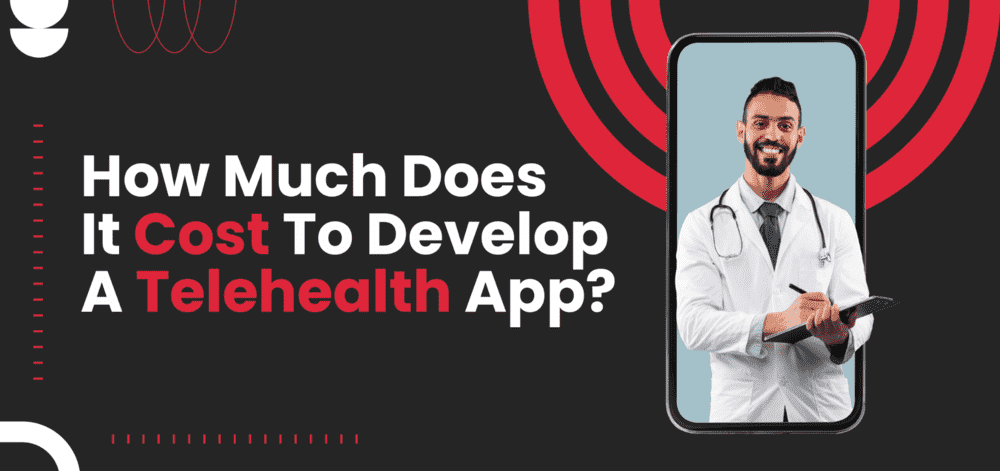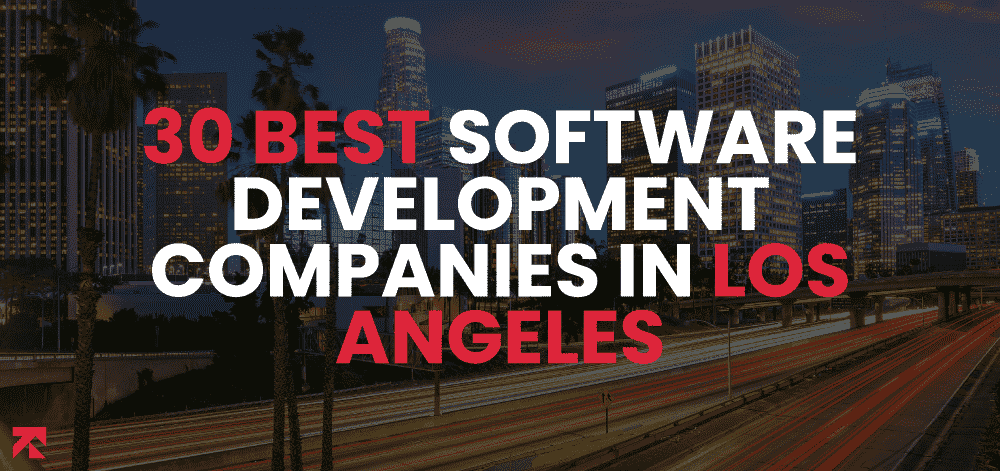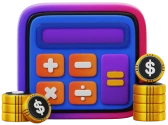Are you interested in developing mobile applications that leverage image processing capabilities? With the increasing popularity of smartphones, the demand for feature-rich apps has also risen. Image processing plays a crucial role in creating visually appealing and interactive applications. Whether you want to create an Android app or an iOS app, this article will guide you through the process of getting started with image processing in mobile app development.
Understanding Image Processing
Before diving into app development, it’s essential to have a solid understanding of image processing. Image processing involves modifying or enhancing digital images using various algorithms and techniques. It allows you to manipulate images, extract information, and apply filters or effects.
Image processing has a wide range of applications, including image recognition, object detection, augmented reality, and photo editing. By incorporating image processing capabilities into your mobile apps, you can create powerful and engaging user experiences.
Getting Started with Android App Development
If you’re new to Android app development, don’t worry. Starting from scratch may seem daunting, but with the right approach, you’ll be able to build your first Android app in no time.
Setting up the Development Environment
To begin, you need to set up your development environment. Install Android Studio, the official integrated development environment (IDE) for Android app development. Android Studio provides all the necessary tools, including the Android SDK, emulator, and code editor, to streamline your development process.
Learning the Basics of Java
Java is the primary programming language for Android app development. It’s essential to familiarize yourself with Java fundamentals, such as variables, data types, control structures, and object-oriented programming concepts. Online tutorials, courses, and books can help you grasp the basics of Java.
Understanding the Android SDK
The Android Software Development Kit (SDK) is a collection of libraries and tools that developers use to build Android apps. It provides APIs (Application Programming Interfaces) for various functionalities, including image processing. Explore the Android SDK documentation to learn about available APIs and how to leverage them in your app development process.
Building an Android App with Image Processing
Once you have a solid understanding of Android app development, it’s time to dive into building an app that incorporates image processing capabilities.
Choosing the Right Image Processing Library
There are several image processing libraries available for Android development, each with its unique features and capabilities. Some popular options include OpenCV, TensorFlow Lite, and Glide. Research and evaluate different libraries to determine which one best suits your app’s requirements.
Integrating the Library into Your Project
After selecting an image processing library, you need to integrate it into your Android project. The library documentation will provide instructions on how to add it as a dependency and configure your project to utilize its functionalities effectively.
Implementing Image Processing Features
With the library integrated, you can now start implementing image processing features in your Android app. This may include image filtering, edge detection, object recognition, or any other image manipulation tasks. Refer to the library documentation and sample code to understand how to use the provided APIs to achieve your desired functionality.
Introduction to iOS App Development
If you’re interested in creating iOS apps, the process differs slightly from Android app development. iOS app development requires knowledge of the Swift programming language and familiarity with the iOS SDK.
Setting up the Development Environment
To get started with iOS app development company, you’ll need a Mac computer running macOS. Install Xcode, the official IDE for iOS app development, from the Mac App Store. Xcode provides a comprehensive set of tools, including an iOS simulator, code editor, and interface builder, to simplify the app development process.
Learning Swift Programming Language
Swift is a powerful and intuitive programming language developed by Apple for iOS, macOS, watchOS, and tvOS app development. Familiarize yourself with Swift syntax, data types, control flow, and object-oriented programming principles. Online resources, tutorials, and Swift documentation can help you get started with the language.
Exploring the iOS SDK
The iOS SDK provides a rich set of frameworks and tools for iOS app development. Familiarize yourself with the available frameworks and APIs related to image processing and multimedia. The iOS developer documentation is an excellent resource for learning about the iOS SDK and its capabilities.
Creating an iOS App with Image Processing
Now that you have a solid understanding of iOS app development, it’s time to create an app that incorporates image processing features.
Selecting an Image Processing Framework
Similar to Android, iOS also offers various image processing frameworks and libraries. Core Image, Vision, and GPUImage are popular choices for iOS app development. Research and compare these frameworks to determine which one best fits your app’s requirements.
Integrating the Framework into Your Project
After selecting an image processing framework, integrate it into your iOS project. Follow the framework documentation to add the necessary dependencies and configure your project accordingly.
Implementing Image Processing Functionality
With the framework integrated, you can now implement image processing functionality in your iOS app. This may include applying filters, performing facial recognition, or creating augmented reality experiences. Refer to the framework documentation and sample code to understand how to utilize its features effectively.
Testing and Debugging
Throughout the app development process, testing and debugging play a crucial role in ensuring your app functions correctly. Use emulators or physical devices to test your app’s image processing features thoroughly. Debug any issues or unexpected behavior that may arise during testing.
Publishing Your App
Once you’re satisfied with your app’s functionality and performance, it’s time to publish it to the respective app stores. For Android, you’ll submit your app to the Google Play Store, while for iOS, you’ll submit it to the Apple App Store. Follow the store-specific guidelines and procedures to package and distribute your app to potential users.
Conclusion
Developing mobile apps with image processing capabilities opens up a world of possibilities for creating engaging and visually appealing experiences. Whether you choose Android or iOS app development, understanding the fundamentals of image processing, setting up the development environment, selecting the right libraries or frameworks, and implementing the desired functionalities are crucial steps in creating successful apps.
Remember to thoroughly test and debug your app to ensure a seamless user experience. Once you’re ready, publish your app to the respective app stores and reach a wider audience. Embrace the exciting world of mobile app development and unleash your creativity with image processing.
Frequently Asked Questions (FAQs)
1. How long does it take to learn Android app development?
The time required to learn Android app development varies depending on your prior programming experience and dedication to learning. With consistent effort and practice, you can start building simple apps within a few weeks or months. However, becoming proficient in Android app development may take several months or even years of continuous learning and hands-on experience.
2. Can I develop Android apps using languages other than Java?
Yes, apart from Java, you can also develop Android apps using Kotlin, which is an official programming language for Android development. Kotlin offers modern features, enhanced syntax, and better interoperability with existing Java code. It’s gaining popularity among Android developers due to its conciseness and safety features.
3. Is it necessary to own a Mac for iOS app development?
Yes, developing iOS apps requires a Mac computer running macOS. Xcode, the official IDE for iOS app development, is only available for macOS. However, you can use virtual machines or cloud-based services to access macOS if you don’t have a physical Mac machine.
4. Do I need to enroll in the Apple Developer Program to publish iOS apps?
Yes, to distribute your iOS app on the Apple App Store, you need to enroll in the Apple Developer Program. The program provides access to various resources, documentation, and tools necessary for iOS app development and app distribution. There is an annual fee associated with the program.
5. How can I monetize my Android or iOS app?
There are several ways to monetize your Android or iOS app, including in-app purchases, advertising, subscription models, or selling the app itself. Research different monetization strategies and choose the one that aligns with your app’s goals and target audience.








